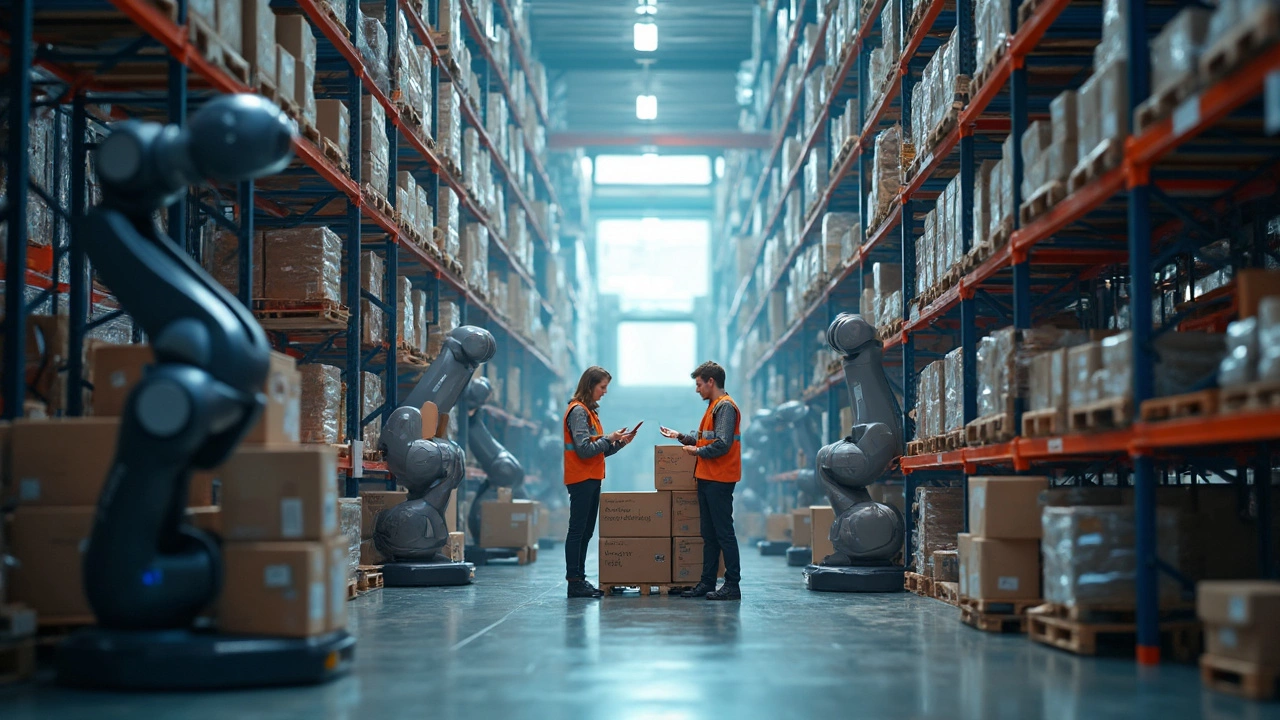Smart Warehouses: How Automation Is Changing Storage
Ever walked into a warehouse that feels more like a tech lab than a rows‑and‑racks shop? That’s a smart warehouse – a place where sensors, software and robots work together to move goods faster and cheaper. If you’re juggling inventory, delivery deadlines, or just tired of mis‑picks, the smart‑warehouse model can turn those headaches into smoother operations.
What makes a warehouse "smart"? It’s all about data and connectivity. Every pallet, forklift and shelf gets a digital ID, and a central system watches the whole flow in real time. This visibility lets you spot bottlenecks before they become problems and lets customers see exactly where their order is.
Key Technologies Powering Smart Warehouses
First up, Warehouse Management Systems (WMS). Modern WMS platforms act like the brain of the operation – they assign locations, generate pick lists, and update inventory the second a box moves. Pair a WMS with IoT sensors on shelves and you get live stock levels without a manual count.
Next, automation hardware. Think conveyor belts that route items automatically, robotic pickers that lift heavy cases, and autonomous guided vehicles (AGVs) that zip around the floor. These machines reduce human error and free staff for higher‑value tasks like quality checks.
Don’t forget AI and analytics. By feeding historical order data into a predictive model, you can forecast demand, optimize storage layout, and even suggest the best time to reorder supplies. The result? Less wasted space and fewer stock‑outs.
Steps to Turn Your Warehouse Into a Smart Facility
1. Start with a solid WMS. Look for a solution that integrates easily with your existing ERP and supports real‑time updates. Most vendors offer cloud‑based options that scale as you grow.
2. Tag everything. Attach RFID or barcode labels to shelves, bins, and products. This simple step unlocks the data you need for automation.
3. Map the workflow. Identify the most time‑consuming tasks – usually picking and packing – and see which can be automated. Even a single conveyor line can shave minutes off each order.
4. Introduce robotics gradually. Start with a single robotic arm for heavy items, then expand to AGVs for transport. Training staff alongside the machines helps avoid resistance.
5. Leverage analytics. Set up dashboards that show order cycle time, inventory accuracy, and equipment utilization. Use the data to tweak processes every month.
6. Focus on people. Smart warehouses aren’t about replacing workers; they’re about giving them better tools. Provide clear training, keep safety front‑and‑center, and celebrate quick wins.
When you combine these steps, the payoff shows up fast: faster order fulfillment, lower labor costs, and happier customers. And because the system learns from each transaction, efficiency keeps climbing year after year.
Bottom line: a smart warehouse is less about fancy gadgets and more about connecting the right tech to the right process. Start small, measure results, and let the data guide the next upgrade. Your supply chain will thank you.
April 29, 2025
Evelyn Wescott
0 Comments
Modern warehousing isn’t just about storage – it’s become a tech powerhouse. This article breaks down the latest technologies shaking up the warehouse world. From robots to AI, discover what’s making operations faster, smarter, and more accurate. You’ll also pick up practical tips and surprising facts about how these innovations change everyday warehouse work. Dive in to see what tools are driving warehouse efficiency in 2025.




